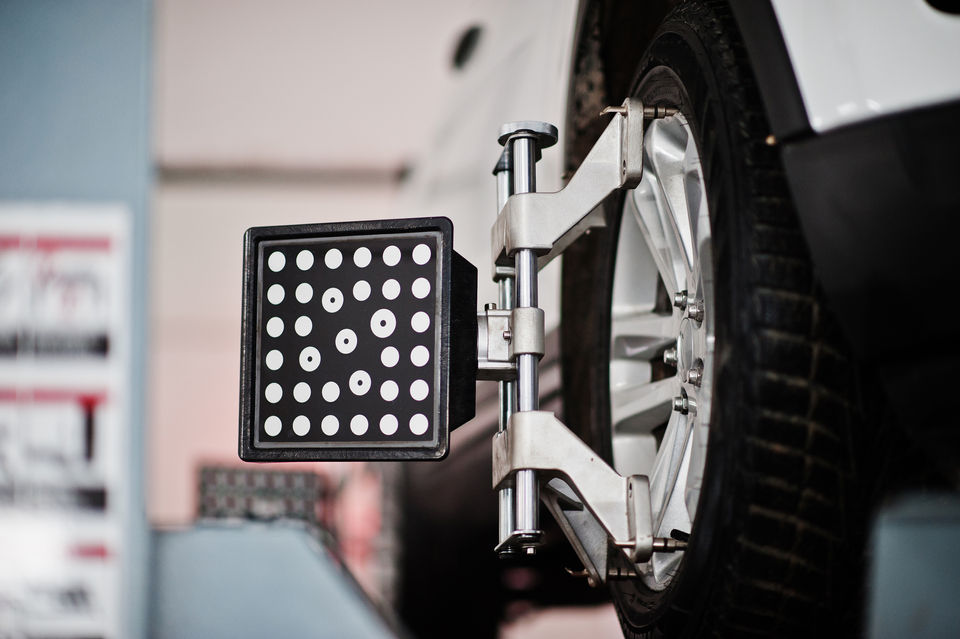
How Often Should You Get A Wheel Alignment? Key Signs
When is the right time for wheel alignment? How frequently should you consider getting one?
In this article, we will discuss the recommended frequency for getting a wheel alignment, the factors involved, and the key signs that indicate it’s time to get one.
How Often Should You Get A Wheel Alignment?
Regular wheel alignments are necessary to keep your vehicle running smoothly.
While the general recommendation is to get a wheel alignment every two to three years, it’s important to consider these various factors that may mean you require more frequent alignments:
Driving Conditions
If you frequently drive on rough or uneven roads, your vehicle is more likely to experience misalignments.
Potholes, speed bumps, and other road imperfections can impact your wheel alignment. In such cases, it is advisable to have your alignment checked at least once a year.
Suspension Modifications
If you have made modifications to your vehicle’s suspension, such as installing a lift kit or lowering springs, it can affect the alignment. These modifications change the suspension geometry, requiring more frequent alignment adjustments.
Accidents or Collisions
If your vehicle has been involved in an accident or collision, even a minor one, it can cause misalignments.
The impact can knock your wheels out of alignment, leading to issues like uneven tyre wear or steering problems. After any significant impact, it is crucial to have your alignment checked by a professional.
Key Signs Of Wheel Misalignment
Vehicle Pulling
One of the most noticeable signs of a misalignment is when your car pulls to one side while driving on a straight road. If you find yourself constantly correcting the steering to keep the vehicle straight, it’s a strong indication that an alignment is necessary.
Uneven Tyre Wear
Inspect your tyres regularly for signs of uneven tread wear. Misaligned wheels can cause an uneven distribution of weight on the tyres, leading to specific areas wearing out faster than others.
If you notice excessive wear on the inner or outer edges of your tyres, it’s a clear indication of a misalignment issue.
Crooked Steering Wheel
When driving straight, your steering wheel should be perfectly centred. If you notice that your steering wheel is off-centre or crooked while driving straight ahead, it suggests an alignment problem.
Vibration At High Speeds
If you experience vibrations in your steering wheel or the vehicle itself while driving at high speeds, it could be due to the wheel alignment. The uneven distribution of weight on the tyres can cause vibrations, affecting the overall driving experience.
Benefits Of Regular Wheel Alignments
Improved Tyre Lifespan
Proper wheel alignment ensures even tyre wear, extending the lifespan of your tyres. When wheels are aligned correctly, the tread wears evenly, reducing the need for premature tyre replacements.
Enhanced Vehicle Handling
Wheel alignments optimise the contact between your tyres and the road, improving vehicle stability and handling. With aligned wheels, your car will respond more accurately to steering inputs, providing a safer and smoother driving experience.
Reduced Suspension Wear
Misaligned wheels place additional stress on your vehicle’s suspension components, causing them to wear out faster. Regular alignments help maintain the proper suspension geometry, reducing the risk of premature component failure and expensive repairs.
Conclusion
Regular inspections and addressing alignment issues promptly can save you from costly repairs and ensure a smoother and safer driving experience.
If you are unsure about the alignment status of your car or notice any of the key signs mentioned, it is best to consult a qualified technician who can assess and correct the alignment as needed.

Louis
I'm Louis, an engineer passionate about helping Australians choose better tyres for their vehicles!
